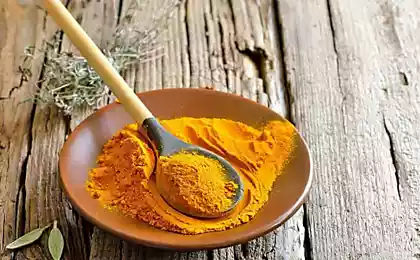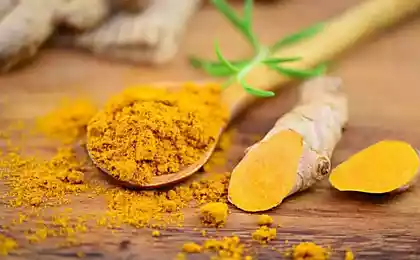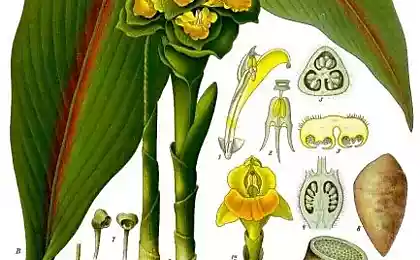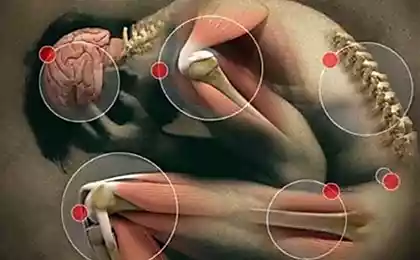506
Turmeric for arthritis: relieves inflammation and pain
Arthritis - one of the major causes of disability, pain and suffering in the world. This disease is incurable, and to cope with its manifestations is possible only with the help of painkillers and anti-inflammatory drugs, being subjected to risk of stomach ulcers, kidney damage and disorders of the blood.
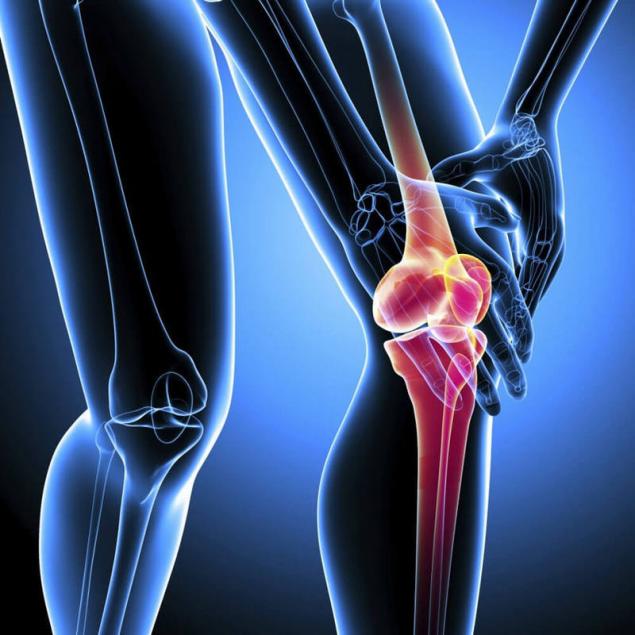
Recently researchers, doctors and scientists have paid attention to anti-inflammatory effects of curcumin (turmeric extract) and aromatic resin tree Boswellia arthritis and other inflammatory conditions. In addition, scientists from Oxford and Research Institute in Hyderabad, India, found that these herbs inhibit the growth of tumors in colorectal cancer.
Curcuma can also prevent inflammatory bowel disease, slowing the aging process, and prevent degenerative conditions such as heart disease. It was found that a mixture of turmeric and Boswellia is an effective treatment for arthritis.
Turmeric contains curcuminoids: it is assumed that they help to cope with the pain, swelling and stiffness in the joints in arthritis. Boswellia Resin, also called shallaki (type of incense), contains boswellic acid, reduces pain and has anti-inflammatory effect.
The Central Council for Research at the KEM Hospital in Mumbai, India, spent in a clinical trial whose aim was to compare the effect of turmeric and Boswellia with the action of modern medicine. It turned out that a combination of natural herbal extracts has a significant analgesic effect, improves the mobility of joints, removes swelling, without causing side effects.
Ayurveda describes a number of useful properties of turmeric.
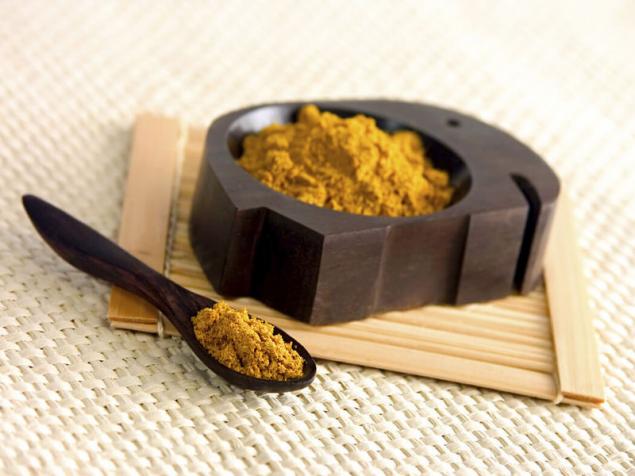
For the treatment of sprains, bruises and skin itching relief make a paste, mix turmeric powder with water or honey and apply it on the affected area. To avoid staining of clothing, apply the paste on a piece of cloth.
Turmeric - excellent remedy for allergies. For the treatment of colds, cough, asthma and chest infections, add a quarter teaspoon of turmeric powder and one teaspoon of sugar in hot milk and drink it twice a day.
Turmeric is well known as the queen of spices in Indian cooking, is it owes its yellow color and a special aroma mixture of "curry" spice. But Ayurvedic and Chinese medicine for over 4,000 years, it uses it as a medicine.

Recently researchers, doctors and scientists have paid attention to anti-inflammatory effects of curcumin (turmeric extract) and aromatic resin tree Boswellia arthritis and other inflammatory conditions. In addition, scientists from Oxford and Research Institute in Hyderabad, India, found that these herbs inhibit the growth of tumors in colorectal cancer.
Curcuma can also prevent inflammatory bowel disease, slowing the aging process, and prevent degenerative conditions such as heart disease. It was found that a mixture of turmeric and Boswellia is an effective treatment for arthritis.
Turmeric contains curcuminoids: it is assumed that they help to cope with the pain, swelling and stiffness in the joints in arthritis. Boswellia Resin, also called shallaki (type of incense), contains boswellic acid, reduces pain and has anti-inflammatory effect.
The Central Council for Research at the KEM Hospital in Mumbai, India, spent in a clinical trial whose aim was to compare the effect of turmeric and Boswellia with the action of modern medicine. It turned out that a combination of natural herbal extracts has a significant analgesic effect, improves the mobility of joints, removes swelling, without causing side effects.
Ayurveda describes a number of useful properties of turmeric.

For the treatment of sprains, bruises and skin itching relief make a paste, mix turmeric powder with water or honey and apply it on the affected area. To avoid staining of clothing, apply the paste on a piece of cloth.
Turmeric - excellent remedy for allergies. For the treatment of colds, cough, asthma and chest infections, add a quarter teaspoon of turmeric powder and one teaspoon of sugar in hot milk and drink it twice a day.
Turmeric is well known as the queen of spices in Indian cooking, is it owes its yellow color and a special aroma mixture of "curry" spice. But Ayurvedic and Chinese medicine for over 4,000 years, it uses it as a medicine.
